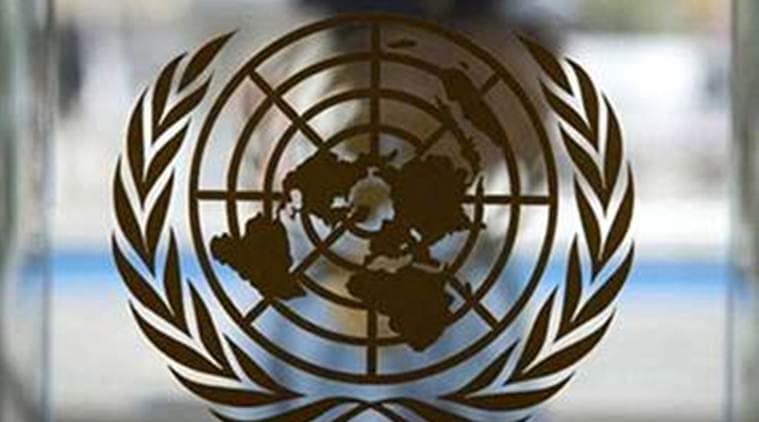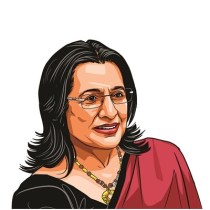Cure In Progress
Deliberations at UN show resolve to address public health challenges at highest level.

The high-level meetings at the UN headquarters provided the South East Asia region significant scope to consolidate these gains, accelerate progress, and promote game-changing innovations in each of these areas.
On September 26, the UN General Assembly (UNGA) deliberated on how best to address a serious public health challenge — tuberculosis (TB). A day later, the world’s most esteemed political forum deliberated on combating non-communicable diseases (NCDs). For several years, WHO South East Asia and its member states have been ground zero in the battle against TB and NCDs. The numbers show why: The region accounts for 50 per cent of TB-associated mortality, with the disease being the region’s leading cause of death and lost productive years in the crucial 15-49 years old age group. TB/HIV co-infection is meanwhile responsible for 25 per cent of AIDS-related deaths.
On NCDs, though, the region accounts for a bit over a quarter of the world’s population, it is home to around 29 per cent of NCD-related premature mortality. Every year, 8.9 million people in the region die of NCDs, accounting for 64 per cent of all deaths. Many of these deaths are preventable. To their credit, the member states are making strong gains. In recent years, each one of them has shown unprecedented political commitment to tackle TB, as expressed in the 2017 “Delhi Call for Action” and the 2018 “Statement of Action” — a bold and very public vow to accelerate sustainable progress to end TB by 2030. That commitment continues to be reflected in on-the-ground action, including initiatives aimed at scaling up active case-finding, increasing nutritional assistance for TB sufferers, addressing latent TB and enhancing investments in research and development.
Political resolve to tackle NCDs has also been robust. As per the Colombo Declaration of 2016, each country in the region is committed to integrating NCD services at the primary level, while country-specific multi-sectoral action plans to counter the problem have been developed and rolled out region-wide. These include a range of ground-breaking initiatives, from nutrient labelling systems that enhance health literacy to promoting physical activity through the provision of outdoor gyms.
The high-level meetings at the UN headquarters provided the region significant scope to consolidate these gains, accelerate progress, and promote game-changing innovations in each of these areas. The meetings provided the member states an open — and global — platform to highlight the problem’s significance and present a detailed outline of how they are addressing it. It gave them an opportunity to underscore the dramatic increase high-burden countries have made in domestic funding. It also offered them a chance to emphasise that an increased allocation of resources from the global community could generate momentum in combating the disease. Much emphasis was placed on harnessing greater investment in research and development — particularly for developing low-cost, affordable diagnostics and drugs to treat the disease.
The stakes were similarly high with respect to the NCDs. The meeting provided member states the opportunity to highlight progress since the first high-level UNGA meeting was held in 2011, as well as reiterate political momentum and resolve as they reach the half-way mark in the quest to reduce premature deaths caused by NCDs, by a quarter by 2025. It gave them an opportunity to highlight the areas which require more spending and how governments can be better supported in implementing their country-specific plans. That includes emphasising the significance of preventive measures that are among the most cost-effective (though underfunded) ways to deal with the problem.
The meetings showed that the member states are well prepared to deal with the public health challenges. In recent months WHO South-East Asia worked to support them on technical and procedural matters associated with the meetings, and to secure several speaking roles — as well as positions on stakeholder panels — that are crucial to amplifying the region’s voice. That support is part of WHO South-East Asia’s ongoing effort to work to ensure that each member country’s voice is fully leveraged.
Even as member states make strong inroads in tackling TB and NCDs, gains must be consolidated, sustainable progress accelerated, and innovation promoted and pursued as a matter of priority. The UNGA’s High-Level meetings offered them an opportunity to make that happen.
The writer is WHO regional director WHO South East Asia.







































No hay comentarios:
Publicar un comentario